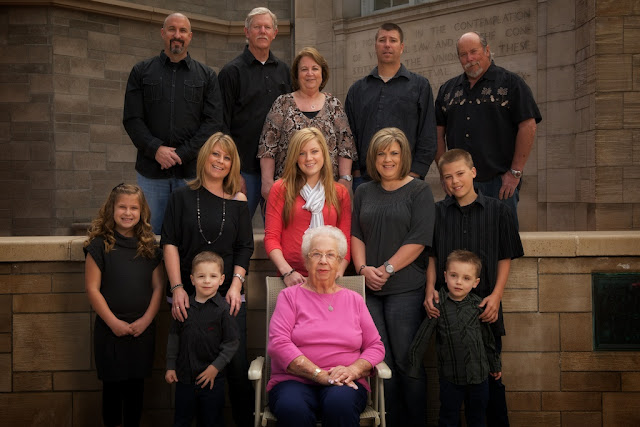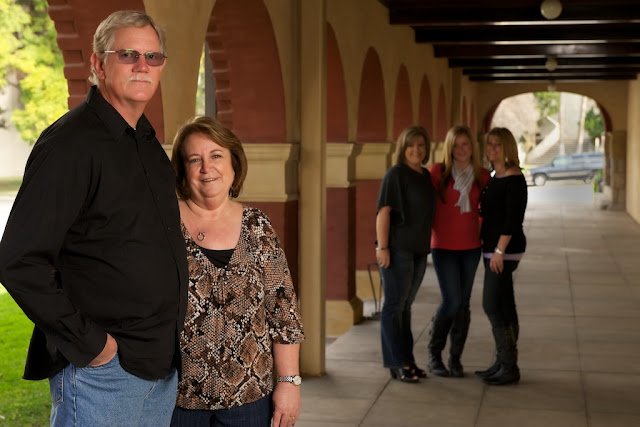On the 11th hour of the 11th day of the 11th month in 1918,
World War I ended. This day became known as "Armistice Day." In 1921, an unknown World War I American soldier was buried in Arlington National Cemetery. Similarly, unknown soldiers had been buried in England at Westminster Abbey and at France at the Arc de Triomphe. All of these memorials took place on November 11th to commemorate the end of the "war to end all wars."
In 1926, Congress resolved to officially call November 11th Armistice Day. Then in 1938, the day was named a national holiday. Soon afterwords war broke out in Europe and
World War II began.
Soon after the end of World War II, a veteran of that war named Raymond Weeks organized "National Veterans Day" with a parade and festivities to honor all veterans. He chose to hold this on Armistice Day. Thus began annual observances of a day to honor all veterans not just the end of World War I. In 1954, Congress officially passed and President
Dwight Eisenhower signed a bill proclaiming November 11 as Veteran's Day. Due to his part in the creation of this national holiday, Raymond Weeks received the Presidential Citizens Medal from President
Ronald Reagan in November 1982.
In 1968, Congress changed the national commemoration of Veterans Day to the fourth Monday in October. However, the significance of November 11 was such that the changed date never really got established. In 1978, Congress returned the observance of Veterans Day to its traditional date.
Each Veterans Day should be a time when We Americans stop and remember the brave men and women who have risked their lives for the United States of America. Without these brave men and women our great country would not exist.
Our small way of giving thanks to our Veterans is to give ALL VETERANS 25% OFF ALL PORTRAIT PHOTOGRAPHY. Please contact us at this link:
Veterans Contact Info and give us the details for your personal or family portrait, and we will give you the best service and price possible.
Thank you for your Brave Service!








.jpg)





































